The Importance of Basement Waterproofing
Basement waterproofing is a crucial step in maintaining a healthy basement environment. If you're committed to ensuring your basement remains in good condition, implementing waterproofing measures should be among the first actions you take. Water poses one of the most significant threats to a basement, which is why addressing it promptly is essential. Here’s a comprehensive overview of your basement waterproofing options.
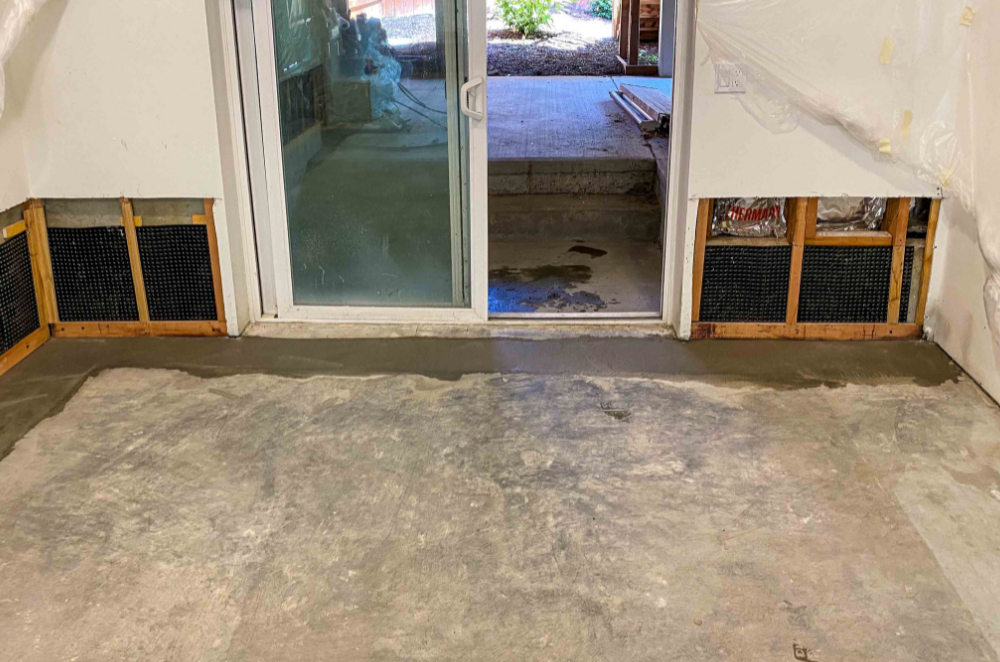
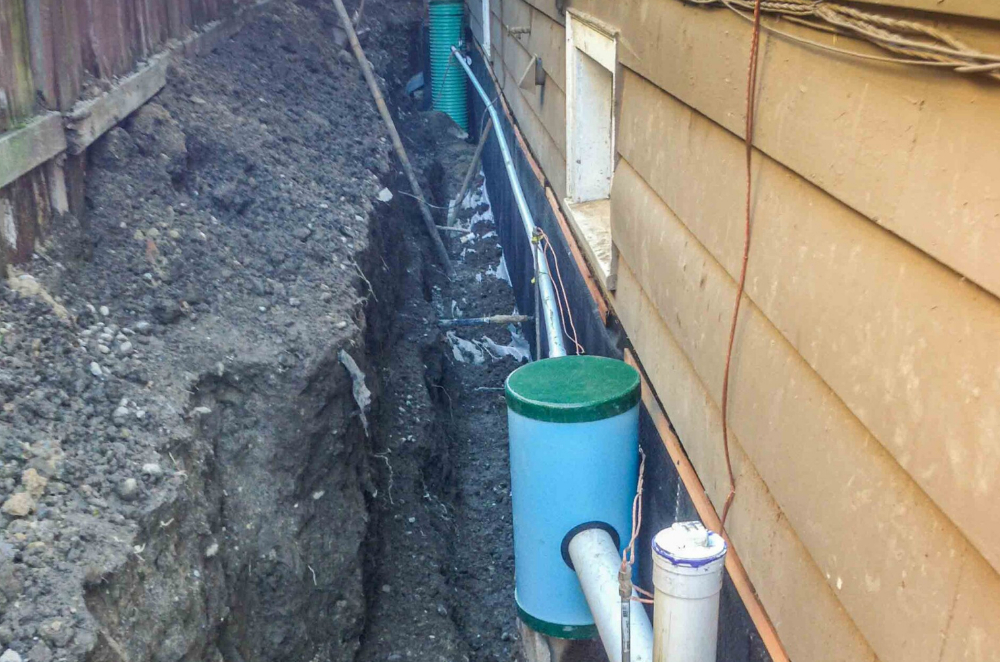
What Solutions Can I Use for Basement Waterproofing
If your basement is prone to flooding, installing a sump pump is vital for managing excess water. Without a sump pump, any water intrusion can accumulate, leading to persistent standing water issues. This stagnant water can result in various problems typically associated with moisture in basements.
A sump pump is an ideal solution for preventing flooding, especially if it’s a recurring concern for you. Whether you live in a flood-prone area or have the risk of burst pipes, having a sump pump will help you effectively manage potential water issues.
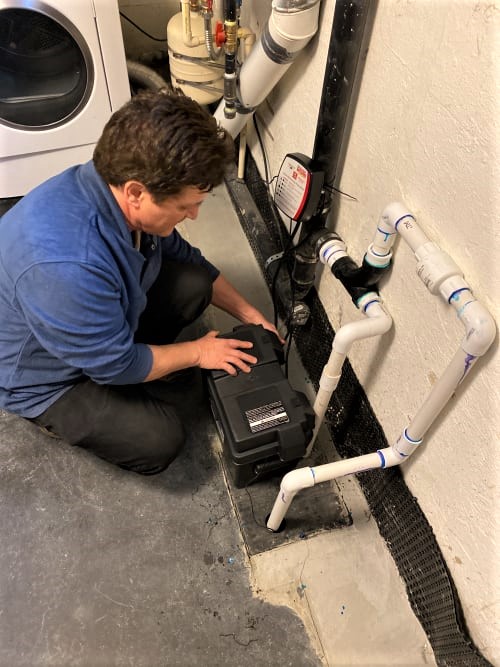
An interior French drain is a drainage system installed around the perimeter of your basement. This system effectively manages water accumulation by redirecting it to a sump pump, preventing it from collecting in the main areas of your basement.
Interior drains are especially beneficial for basements that often experience wall leaks. By installing an interior drain, you can alleviate concerns about water entering from the walls, ensuring a drier environment. Furthermore, these drains can be integrated into a larger drainage system, making for a more robust and efficient solution.
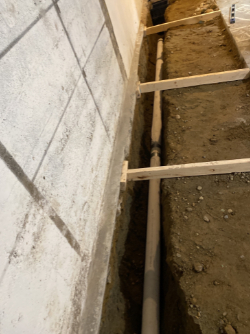
Basement Waterproofing Solutions
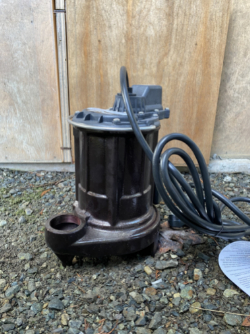
Basement Sump Pump
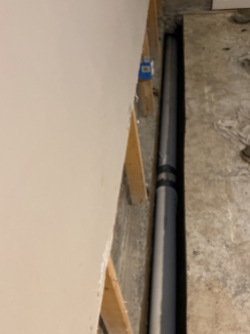
Interior French Drain
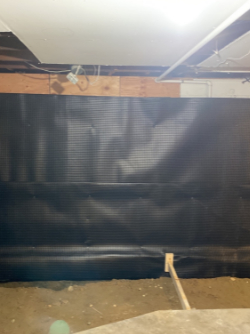
Vertical Drain Mat
Why Is Basement Waterproofing Essential?
Failing to waterproof your basement can lead to standing water, which can arise from various sources. For instance, hydrostatic pressure may force water upward from beneath the basement, or condensation might create pools of moisture on the floor.
Regardless of the cause, standing water can lead to a host of problems. It can evaporate into the interior environment which results in humidity, contribute to water-logging, and promote the growth of mold throughout the basement and your home. Standing water poses a significant threat to the health and integrity of your basement, making it essential to address it promptly.
Hydrostatic pressure is a serious concern in basement waterproofing. This pressure is exerted by water when it is at rest. Given that water weighs approximately 62 pounds per cubic foot, it’s crucial to understand how the accumulation of water around your basement can affect its functionality.
This issue is not limited to basements; it can also impact crawl spaces. However, basements, being deeper underground, face greater risks from hydrostatic pressure, including increased water volume pressing against the walls. Reducing hydrostatic pressure and enhancing your basement’s structural integrity can significantly mitigate current and future issues.
Basement Water Intrusion Causes
Clay Bowl Effect
Hydrostatic Pressure
Interior Leaks
Poor Foundation Drainage
Sump Pump Failures
Waterproof Your Basement More Effectively with a Basement Water Control Expert
Consulting a basement repair expert is one of the most effective ways to achieve reliable waterproofing for your basement. If you're seeking a more efficient solution to keep your basement watertight, reaching out to a professional is essential. Their expertise ensures that your basement receives the necessary care and appropriate solutions.
This is why many homeowners turn to our Wet Basement experts for maintaining their basements. With a basement repair expert by your side, you'll have access to the waterproofing solutions needed to keep your basement healthy and dry.
